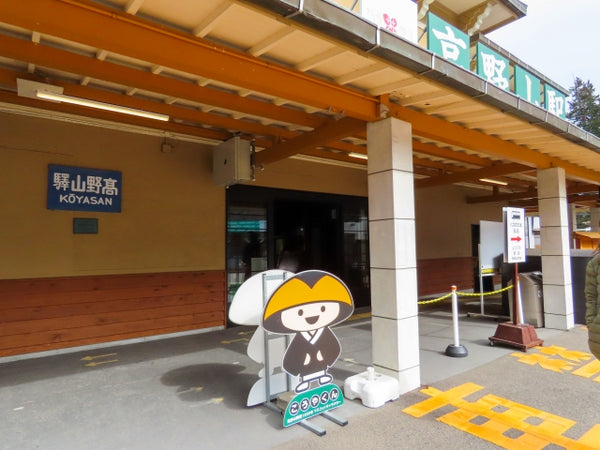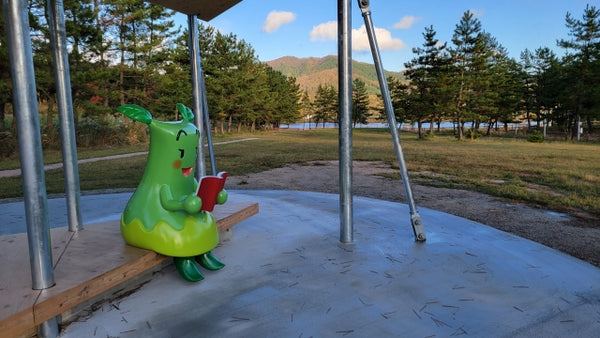Japan’s Mascot Culture: What are Yuru-kyara and why are they everywhere in Japan?

In the West, we typically associate mascots with sports teams or child-friendly spaces such as theme parks. However, you might be surprised to learn that mascots are practically everywhere in Japan. Each of Japan's 47 prefectures has a mascot, and many businesses and corporations also use mascots to promote themselves. Even the Tokyo Metropolitan Police Department has one: a mouselike creature called Pipo-kun!
What are Yuru-kyara?
In Japan, regional mascots are known as yuru-kyara. Yuru-kyara is a contraction of yurui masukotto kyarakuta, or “light-hearted mascot character”. These mascots often portray a famous aspect of the place they represent, such as a local species of animal or a local culinary specialty. According to Jun Miura, who coined the term, yuru-kyara have three main characteristics:
- They should express a strong sense of affection for the region.
- Their movements or behavior should be clumsy and unique.
- They should be yurui (relaxed, laid back) and lovable.
The clumsy and amateur designs of yuru-kyara add a lot to their charm. Some yuru-kyara, such as Kumamon from the Kumamoto Prefecture and Funassyi from Funabashi City in the Chiba Prefecture, have become famous outside of Japan for their comical appearances.

The Origins of Yuru-kyara
Although Miura coined the term in the early 2000s, character marketing has been in use in Japan for much longer. The prevalence of mascots in Japan is often attributed to the many popular non-human characters that appear in Japanese religious traditions and folklore. In fact, some of these characters, such as the bake-danuki (based on the Japanese raccoon dog, or tanuki) have inspired the design of several yuru-kyara.

The Yuru-Kyara Grand Prix
The number of yuru-kyara throughout Japan has been steadily increasing over the past few decades. Some prefectures such as Osaka, which has over 40 mascots, have even expressed concern that they may have too many yuru-kyara, adding confusion to their brand image.
Luckily, in 2010 the Yuru-Kyara Grand Prix began, helping the public to separate the wheat from the chaff! At this event, mascots compete for the title of the nation's favorite mascot by showcasing their unique charms and personalities through performances. The event is judged by the public, who vote for their favorites either online or at the event itself. In past years, the awards ceremony for the Grand Prix has attracted up to 77,000 attendees, so don't hesitate to get your tickets early!
About the author:
 Diarmuid O'Connor
Diarmuid O'Connor




2 comments
Thank you for your comment on our blog post! Although we’re not sure of where you can buy a poster with all the prefectural mascots, we’ve emailed you some links that may be of interest :)
Can I buy a poster with all of the prefecture mascots and a guide to where & why they are the way they are?
Then many of the other current mascots. This seems one way to understand a piece of Japanese culture